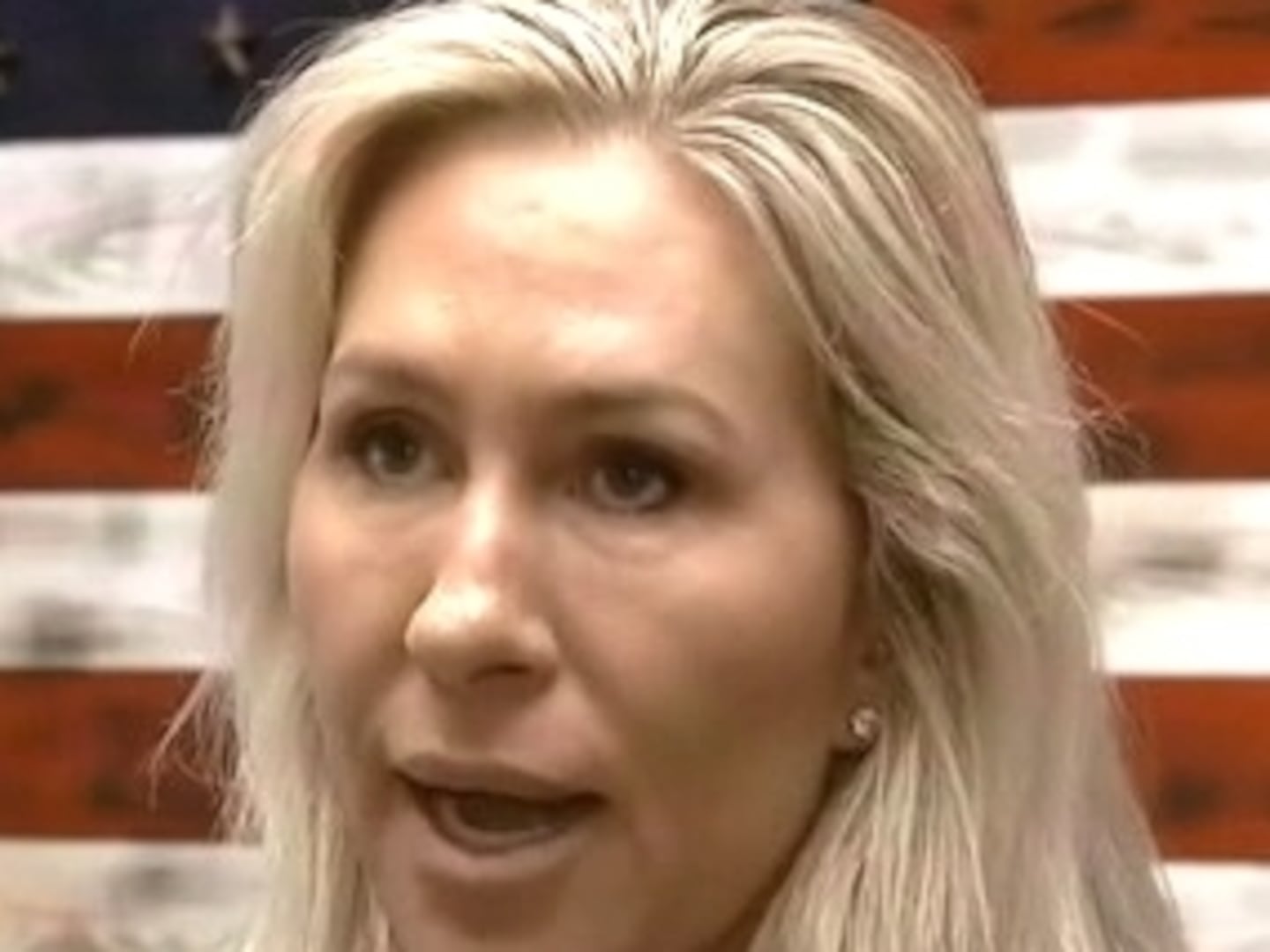Crumbs has crumbled.
The cupcake chain, beloved by its fans (including me) and snarked at by critics for its oversweet childish products, announced Tuesday that it would close all its stores immediately.
This was not a culinary failure. Crumbs product was excellent and completely unpretentious—a wide variety of glorious, sugary gut-bombs, affordable luxuries in an era of rising food-snobbery and stagnant incomes. By all means, go pay $13 for a kale salad or spend $30 for a few slices of Iberico ham. And then when you want something satisfying, splash out a few dollars for a mammoth cupcake.
It was, however, a business failure—of the type that is routinely seen in this country. The great thing about America’s financial culture is that a great business or product can get funded and taken to scale—at precisely the same time that ten other people glom onto the same idea and get the resources to expand. Investors may have lost money, but consumers everywhere benefitted from expanded choice and competition.
Mia and Jason Bauer founded the first Crumbs in New York in 2003, and did quite well. Crumbs thrived and grew organically—first in Manhattan, and then in well-off areas of the tri-state metropolitan area, as people who worked in the city took their newfound taste for cupcakes home with them. Crumbs avoided advertising and contracted production out, thus keeping a lid on costs. In post-bust New York, rents were comparatively low and so the model worked. By 2009, when I first warned of a cupcake bubble, Crumbs had expanded to about two dozen locations where the people are as rich as the cupcakes—wealthy areas of Los Angeles, the Hamptons, New Canaan, Ct. Sales boomed from $5.3 million in 2007 to about $23 million in 2009, and the company was profitable.
Had it remained in these locations, Crumbs would likely still be alive today. But the company needed to grow. Customers, when they start to see something great in Los Angeles or New York, start to wonder why it isn’t available in Atlanta or Chicago. And if you don’t open in Chicago or Atlanta then a copy cat quickly will—and then invade your turf. So there was a big imperative for cupcake chains to get large quickly. Magnolia Bakery, Georgetown Cupcake, and Sprinkles were all gaining scale.
Crumbs, sensing an opportunity, went public in early 2011, and set about expanding. When I caught up with Jason Bauer in 2011, the company projected having 200 stores by 2014.
The expansion effort raised a few problems. Rapid expansion means spending a lot of money quickly. The company had to commit to new leases, and then spend to build out the stores, install the necessary equipment, and hire and retain people. Crumbs’ opening costs rose from about $300,000 per store in 2009 to $340,000 in 2011, and the company put itself on the hook for lots of new leases. In 2011 alone, it opened 15 new stores.
Meanwhile, Crumbs didn’t have the terrain to itself. As it spread throughout the country, it increasingly encountered other chains, and the countless local bakeries and coffee shops that began to offer their own take on cupcake-mania. The, um, pie was expanding to be sure, but there were a lot more people angling to get a slice of it. So sales grew, but not quickly enough to make up for all the higher costs. In 2011, the company lost $5 million.
Worse, consumer tastes turned out to be fickle. Yes, cupcakes are still very much with us and aren’t going away. But foodies today are always chasing the next shiny or sweet object. And chefs are only too happy to oblige. In 2013, for example, New Yorkers went nuts for Cronuts, lining up for hours to get a shot at getting a combination donut-croissant. Many of those people were likely hitting Crumbs in previous years. Suddenly, everyone began to offer knock-offs. By the spring of 2014, cronut creator Dominique Ansel was on to the chocolate chip cookie shooter filed with milk.
Trends often inspire counter-trends. And the latest hot trend in dessert has proven to be something of a backlash to cupcakes. The cupcake bubble has been replaced, as I documented last year, by a fro-yo bubble. Tart instead of sweet, light instead of heavy, low-cal instead of fattening, fro-yo is in many ways the ying to the cupcake’s yang.
When the business model isn’t fundamentally sound and the zeitgeist goes against you, it can be tough going. Crumbs tried to adjust by closing stores, cutting costs, and seeking to license its name. But the costs were simply too high. In 2013, the company had $47 million in sales, up 10 percent from the year before. Fans were still willing to shell out for the product—the company reported a gross profit of $25.5 million. But rent ($12.7 million) and staffing ($16.4 million) more than ate up the operating profit. Crumbs couldn’t sell enough cupcakes to pay all its bills. In the end, its rent was too damn high.






